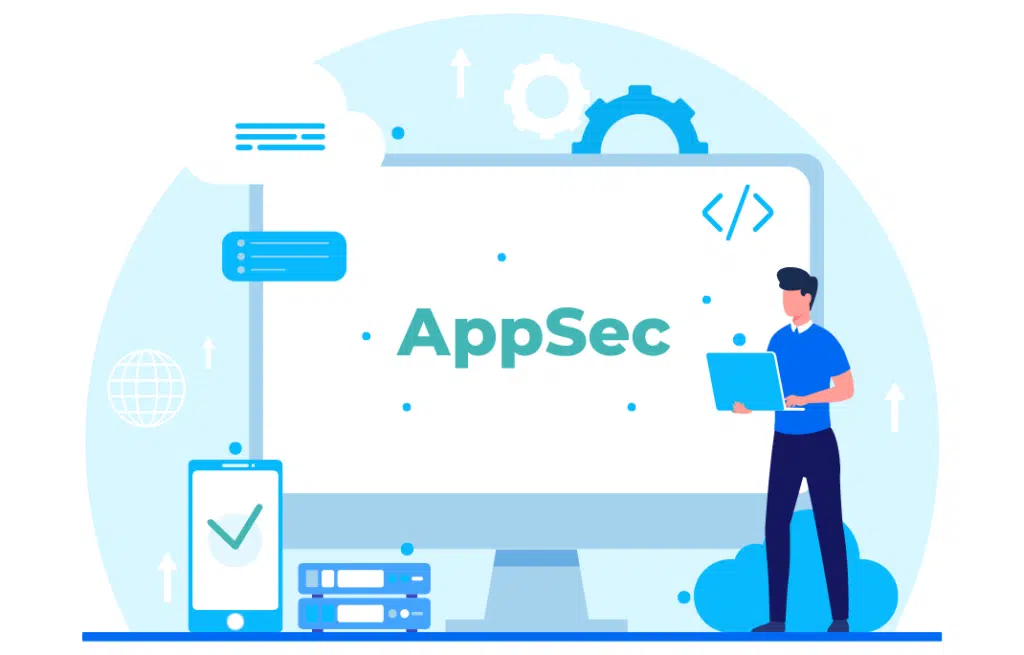
In today’s interconnected digital landscape, web applications serve as the backbone of businesses, offering everything from e-commerce solutions to social networking platforms. However, the growing reliance on these applications comes with a heightened risk of cyberattacks. Application Security (AppSec) in web development has become a non-negotiable priority for developers and organizations alike. This blog explores the importance of AppSec, common vulnerabilities, and how developers can build secure web applications.
The Importance of AppSec in Web Development
As web applications process sensitive user data and facilitate critical transactions, they become prime targets for cybercriminals. The consequences of insecure applications can be devastating, ranging from financial losses and reputational damage to legal repercussions.
Consider recent high-profile breaches:
- SolarWinds (2020): A supply chain attack that impacted thousands of organizations globally, exposing sensitive data.
- Twitter (2023): A vulnerability exploited to compromise accounts, spreading misinformation and eroding user trust.
These incidents underscore the need for robust AppSec measures to mitigate risks and protect users.
Understanding the OWASP Top 10
The OWASP Top 10 is a widely recognized list of the most critical web application vulnerabilities. It serves as a guide for developers to prioritize security in their projects. Key vulnerabilities include:
- Broken Access Control: Unauthorized access to resources due to misconfigured permissions.
- Injection Attacks: Exploiting unvalidated inputs to execute malicious commands, such as SQL injection.
- Cross-Site Scripting (XSS): Injecting scripts into web pages to hijack user sessions or deliver malicious payloads.
- Broken Authentication: Weak mechanisms that allow attackers to compromise accounts.
By addressing these vulnerabilities, developers can significantly reduce the attack surface of their applications.
Secure Coding Practices
Adopting secure coding practices is essential for building resilient applications. Here are key strategies with examples:
1. Input Validation and Output Encoding
Ensure all user inputs are validated to prevent malicious data from entering the application.
Example: In Ruby on Rails, use strong parameters to whitelist allowed fields:
def create
user = User.new(user_params)
if user.save
redirect_to user_path(user)
else
render :new
end
end
def user_params
params.require(:user).permit(:name, :email, :password)
end
2. Secure Authentication and Session Management
Implement robust authentication mechanisms, such as multi-factor authentication (MFA), and ensure session cookies are secure.
Example: Configure secure cookies in Rails:
Rails.application.config.session_store :cookie_store, key: '_app_name_session', secure: Rails.env.production?
3. Data Storage and Error Handling
Encrypt sensitive data and sanitize error messages to avoid exposing internal details.
Example: Use ActiveRecord encryption for sensitive fields:
class User < ApplicationRecord encrypts :email, :phone_number end
Integrating Security into the Development Lifecycle
Security should be an integral part of the Software Development Lifecycle (SDLC). This involves:
1. Threat Modeling
Identify potential threats and design defenses early in the development process.
2. Automated Security Testing
Incorporate both Static Application Security Testing (SAST) and Dynamic Application Security Testing (DAST):
- SAST: Analyze source code for vulnerabilities before runtime.
- Tools: SonarQube, CodeQL.
- DAST: Simulate attacks on running applications.
- Tools: OWASP ZAP, Burp Suite.
3. Modern DevSecOps Practices
Embed security into CI/CD pipelines to ensure continuous monitoring and mitigation of vulnerabilities. Tools like GitHub Actions and GitLab CI can automate security checks.
As the web landscape evolves, so do the tactics of cybercriminals. Prioritizing AppSec in web development is no longer optional—it’s a necessity. By understanding common vulnerabilities, adopting secure coding practices, and integrating security into the SDLC, developers can create robust applications that safeguard user trust and data.
Remember: Security is not a one-time effort but an ongoing commitment. By making it a cornerstone of your development process, you’ll not only build better applications but also contribute to a safer digital ecosystem.
